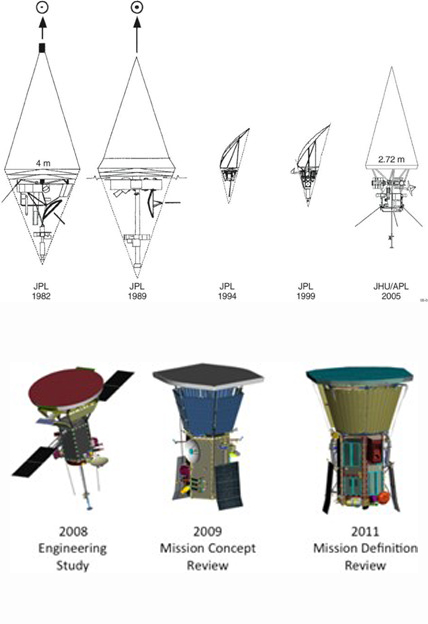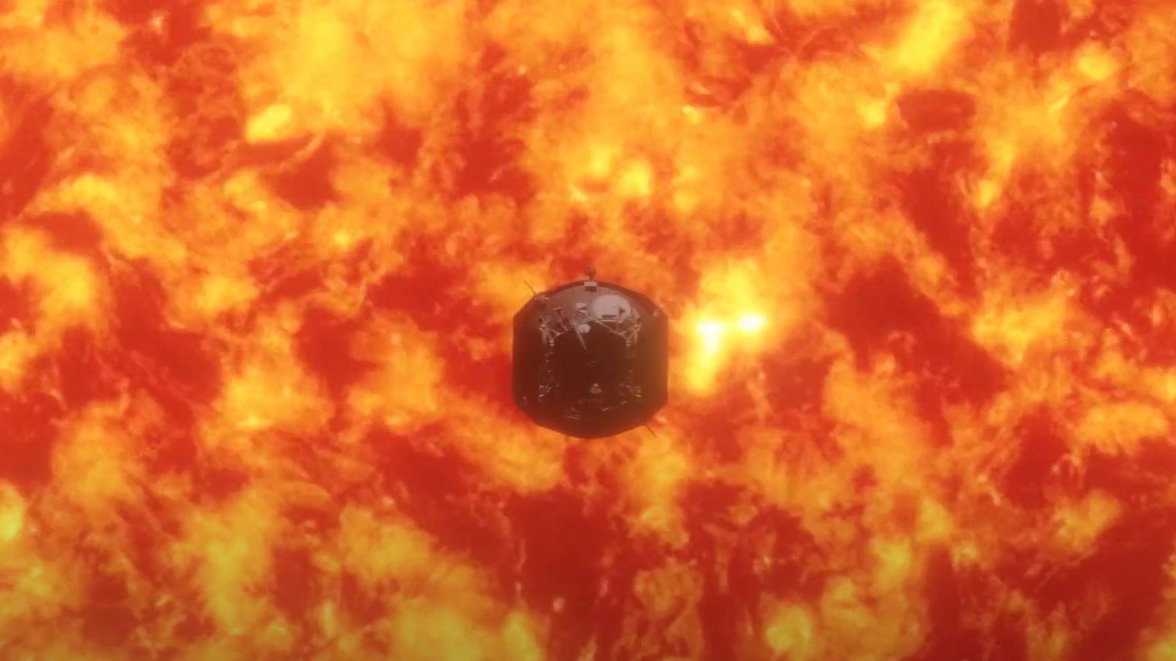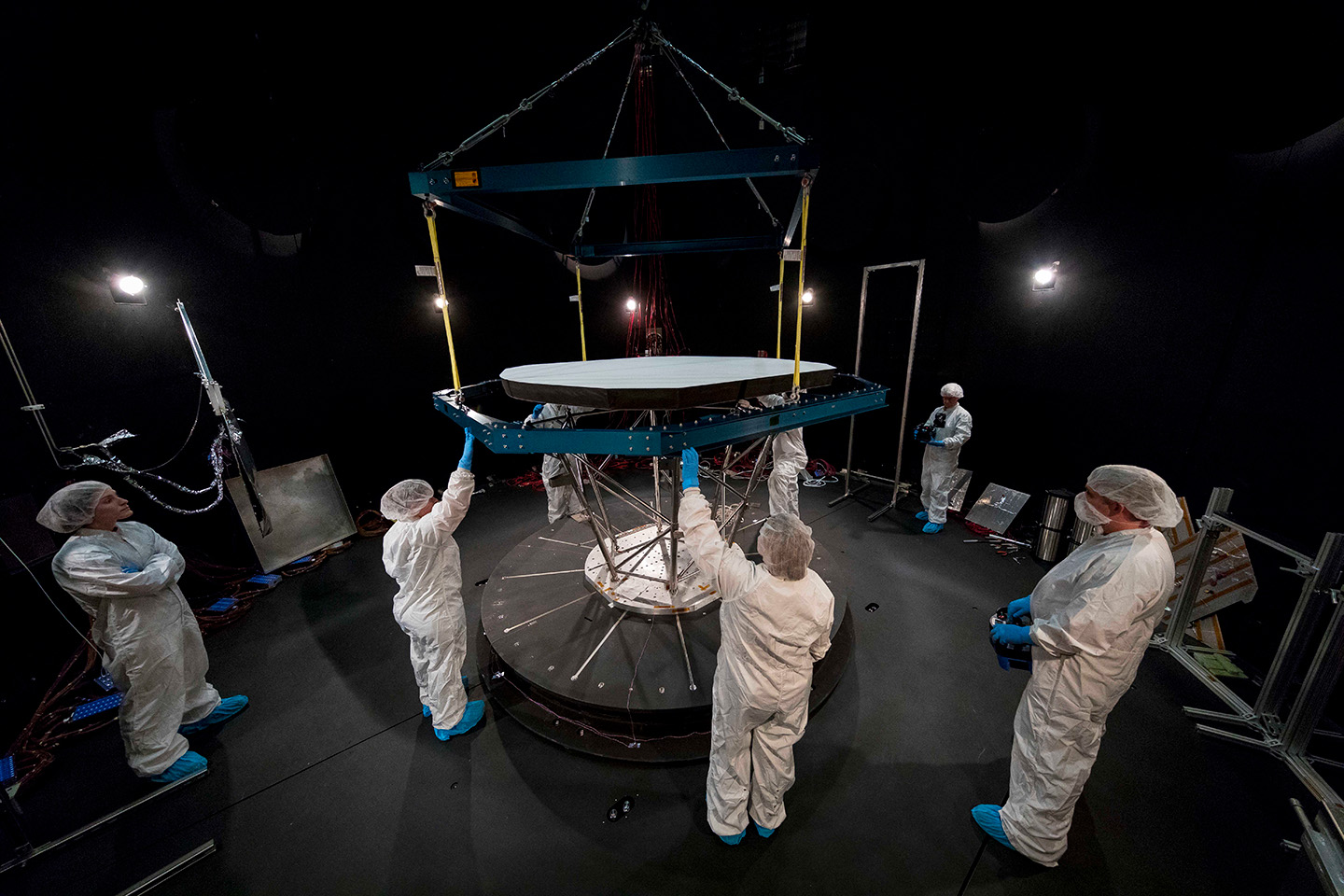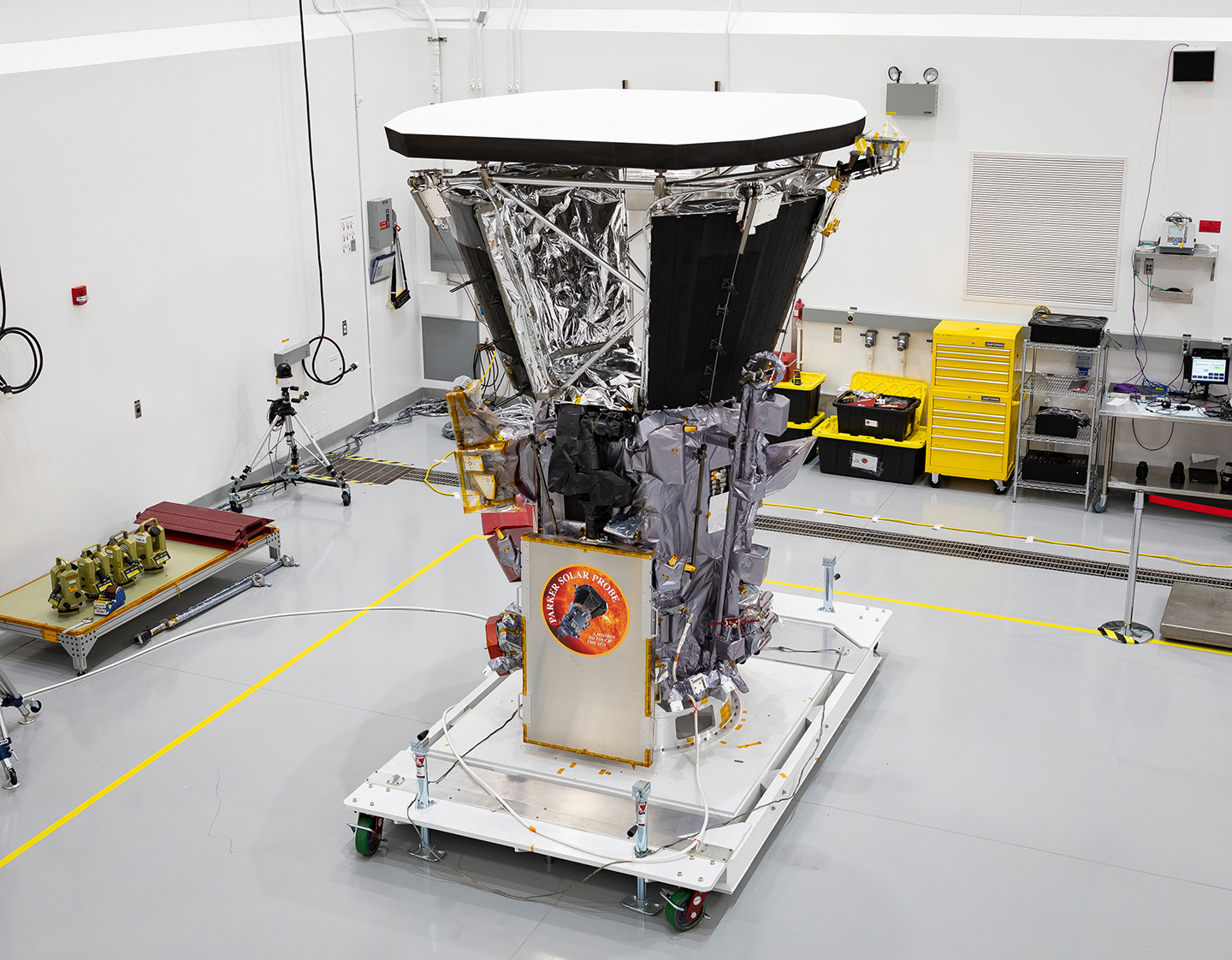News
A Fast Five: Durable Parker Solar Probe Exceeding an Exploration Vision

Credit: NASA/Johns Hopkins APL
On Aug. 12, 2018 — five years ago this week — NASA’s Parker Solar Probe blasted off atop a powerful Delta IV rocket from Cape Canaveral Air Force Station. The predawn launch into the skies over the Florida coast marked the start of a game-changing mission to unlock the secrets of the solar wind — and the culmination of decades of development to craft a robotic explorer able to withstand the heat and radiation near the Sun like no other spacecraft before it.
Designs for a “Solar Probe” started coming together in 1962, just four years after the National Research Council’s Space Studies Board first proposed a mission to explore the environment near the Sun. But the technology to pull off such a bold endeavor, especially the material ingredients for an effective heat shield, just wasn’t available — yet.
Material advances in the 1970s allowed NASA to begin considering a flyby close enough to directly sample the Sun’s upper atmosphere — the corona — and the solar wind. The initial mission science definition formed in a 1978 workshop at NASA’s Jet Propulsion Laboratory (JPL), but the means to implement the mission would take decades to come together — with JPL and the Johns Hopkins Applied Physics Laboratory (APL) developing concepts for a nuclear-powered Sun skimmer between 1982 and 2005.
In 2007, NASA asked APL to consider a concept for a solar-powered probe, and from that — with the right combination of groundbreaking thermal-protection technologies and clever mission design — evolved the Parker Solar Probe mission that now marks its first half-decade.
“No matter its form, the core of the mission has always been a close encounter with the Sun,” said Jim Kinnison, Parker Solar Probe mission systems engineer at APL. “It took significant technology development, innovative mission design and a risk-reducing engineering plan — and now, the Parker team is fulfilling an exploration vision laid out at the dawn of the Space Age.”
After five years of flying through the hottest and dustiest swaths of the inner solar system, Parker Solar Probe — which in 2021 became the first spacecraft to “touch the Sun” — isn’t just surviving, it’s thriving. Not only did APL design and deliver a technically challenging flagship-class mission within cost and schedule restraints, but the APL-operated spacecraft has returned more than twice the amount of data that scientists expected, making discoveries critical to understanding the source and properties of the solar wind. The spacecraft recently completed its 16th science orbit, out of 24 planned during the primary mission. And on Aug. 21 Parker will zoom past Venus for a gravity assist, a move that will tighten its orbit around the Sun and allow it to take measurements of the Venusian surface and atmosphere.


